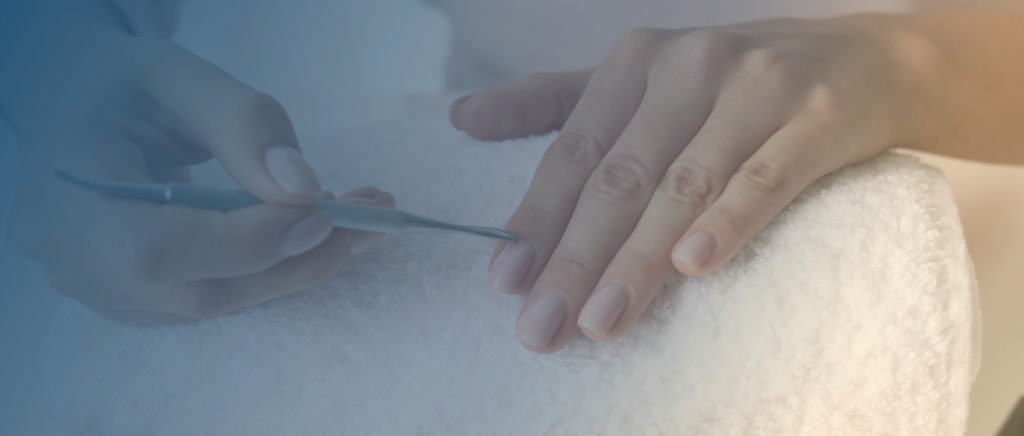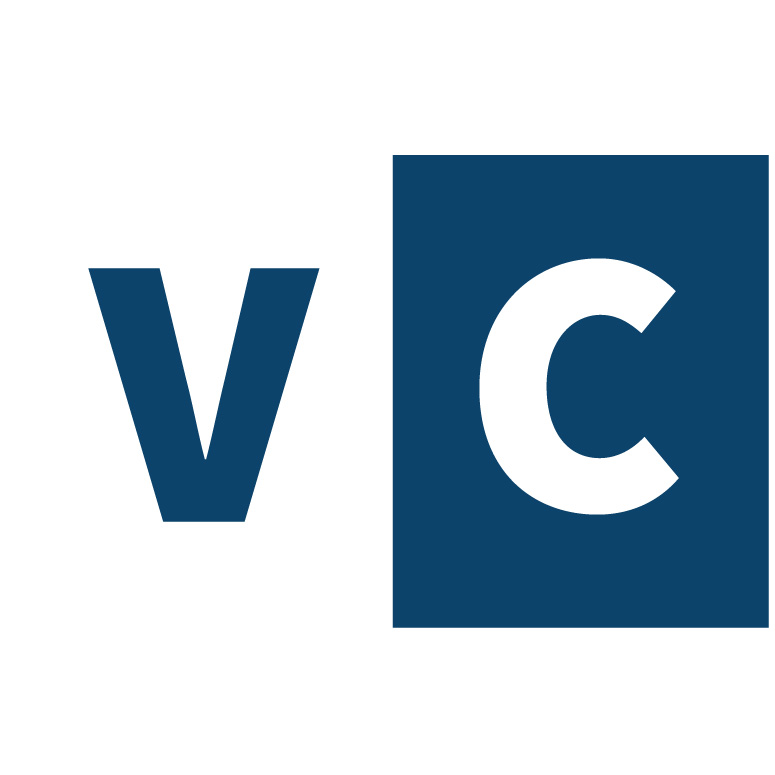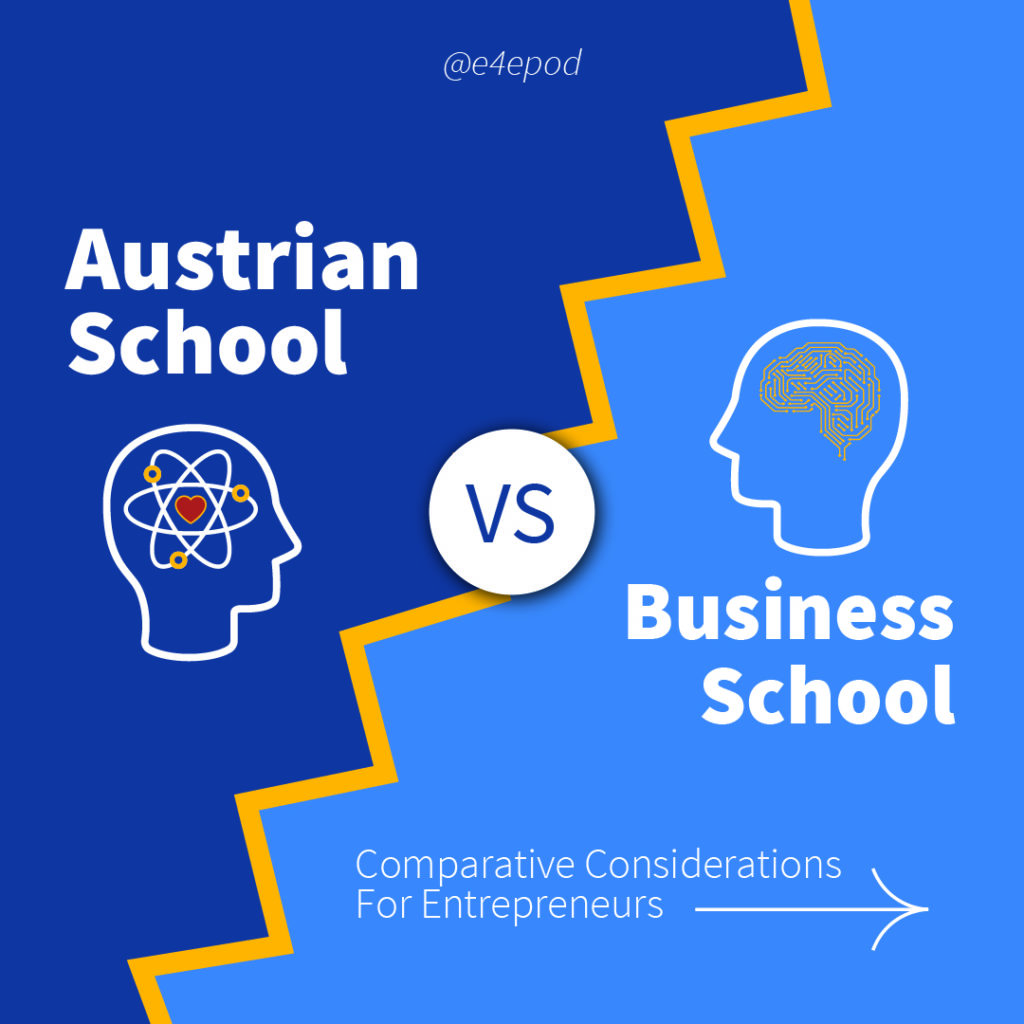How To Develop And Implement A B2B Services Strategy

How To Develop And Implement A B2B Services Strategy
Case Study based on E4B Podcast Episode #194
The Nail Hub As The Adaptive Entrepreneurial Method In Practice.
A B2B business services strategy is built on the value proposition of helping your customers succeed.
While outside observers focus on transactions – how much does this business sell, what are its revenues? – entrepreneurial business owners and operators focus on customers and customer relationships. Revenues follow from relationships. This insight is critical, since it guides business model development.
Business-to-business models are especially responsive to relationship strategies. When a customer feels that the relationship with a supplier makes their business performance better, they can become a customer for life. That’s a recipe for strong and sustainable growth.
First, observe the ecosystem in which you operate, and identify gap opportunities.
Systems thinking is an important component of the entrepreneurial method. A firm is a component or a node in a network of interconnected services we can call an ecosystem. This case study concerns the Nail Fashion industry. Nodes include salons and salon owners, the nail technicians (sometimes employees, sometimes independent contractors) who provide service to consumers in the salons, equipment manufacturers and suppliers, product manufacturers and suppliers (for nail gel, etc.), and product distributors.
Evolving The Nail Hub Business Model: E4B Graphic
Identify in the ecosystem that are creating barriers to success. Many salon owners were enthusiastic about their industry but not well-trained or experienced in the basic economics of business. Many of the technicians were passionate about their trade, but not highly trained in the latest techniques and technologies and in product selection. There were aspects of marketing that were underdeveloped, such as audience segmentation. And there were inconsistencies between products in both quality and safety.
In the mind of the entrepreneur, these gaps are opportunities. The entrepreneurial question is: how best to fit in and contribute to the ecosystem. The business model response is determined by individual entrepreneurial orientation.
A cornerstone of the B2B services model is authentic subject matter expertise that can be re-purposed as service.
The Nail Hub helps salon owners and nail technicians thrive through their independent action because the owners developed a deep subject matter expertise. They had been salon owners and faced all the developmental issues that owners face. They had trained nail technicians. They had evaluated salon equipment and they had committed their resources and time to researching high quality, innovative products that meet their highest standards. It is arduous to develop subject matter expertise – but it is the necessary foundation for a trusted service business.
The best way to develop subject matter expertise is as an operator.
The Nail Hub owners’ entry point to subject matter expertise was as an operator. They embarked upon the journey to design a differentiated salon experience with superior nail technique, better products, better trained technicians. They ran the salon with better business acumen (they both came from high-level corporate positions and were able to bring sophisticated operating and financial experience). They segmented with an unusual and especially comfortable in-salon appeal, and via location.
They were successful. There was a lot of learning, which Hermann identifies as overcoming pain points. Knowing the pain points and how to overcome them became key to the industry services strategy.
The services strategy was an answer to the question of how to scale.
How could the owners of a single salon scale their salon business? They thought through multiple openings (e.g., open and operate 20 salons), acquisition (acquire 20 salons), and franchising (sell franchises to multiple independent owners).
All of these alternatives would require new capability development: establishing standards and a repeatable business model, including a reliable financial model, designing a multi-unit system of supply chains, capital deployment, décor, training and location scouting, and a new kind of marketing to salon managers or franchisees.
The Morrises were reorienting to thinking as proprietors of a new kind of multi-division business. It’s a different orientation, seeing the same ecosystem from a different perspective.
Meanwhile, they had the idea for a podcast to share expertise and knowledge and passion for the industry. It was free business advice, free guidance, free technical training, teaching different aspects of running a salon and technical aspects for nail technicians. Its purpose was a service to consumers (better salon experiences), to technicians (better craftsmanship) and owners (better business operations). The podcast was called The Nail Hub. It generated a great positive reputation in the ecosystem and a lot of positive feedback. The knowledge that The Nail Hub podcast shared was enthusiastically welcomed.
The Nail Hub podcast feedback resulted in a further re-orientation to B2B services.
The Nail Hub podcast was helping salon owners and those technicians who were independent contractors renting positions in salons to improve the way they ran their businesses: better management, better understanding of customer needs and segmentation, better approaches to pricing, revenue and profits, better techniques, and better products.
What if a podcast can become a business model? The Nail Hub owners developed an entirely new B2B services business model which could be summarized as “educate the industry on how to operate a business, and supply them with the highest quality products to fit their business”.
Importantly, the education is free to consume. The Nail Hub YouTube channel is free to access, and offers over 140 videos on every aspect of business operations, finances, equipment, products, and techniques. The videos are expensive to produce. The model is that the investment in education will be repaid through loyal customers buying the products that The Nail Hub offers for purchase.
The curation of products itself is a service. The Nail Hub has identified a distinctive set of criteria for product selection (health, safety, non-toxic ingredients, cruelty-free) and does the research and validation so that purchasers can be confident in their choices and tin he integrity of their promises to the end-consumer.
The products are not the lowest price, they are the highest quality. Salon owners who have not fully absorbed The Nail Hub’s education on consumer segmentation, pricing, and customer experience will not be a good fit within The Nail Hub’s customer set. The Nail Hub business model has a high internal consistency and integrity.
The Nail Hub has re-oriented to B2B service provider educating an entire industry to provide superior consumer experiences, better product quality and profitable operations – i.e., re-orienting from facing those challenges to helping others to face and overcome them.
Choose customers carefully.
The Nail Hub made a substantial investment in their customers via their free training and education. The business model that they enable is specific: the highest standards, with the best trained operators, providing a reliably superior consumer experience. The pricing model is premium, which supports the use of the highest quality products and the provision of the highest quality salon environment. Race-to-the-bottom operators who pursue the lowest prices as a competitive edge are not a good fit in The Nail Hub ecosystem, and this is a clear element of The Nail Hub’s B2B communications. Choose your customers to match your positioning.
The evaluation of the B2B services business model does not lie in conventional metrics.
When the business model is to invest in the success of customers, the conventional metrics of revenue, margins and annual profits are not the primary measures of success (although, of course, they must be acknowledged). The evaluation of the model comes via the feedback loops. Is the educational service welcomed? Does it result in better operations on the part of salon owners? Do salon owners and independent technicians become customers for life? Do product manufacturers clamor for entry into The Nail Hub’s curated product set? Are product trends – safe, non-toxic, healthy, etc. – moving in the desired direction?
This is the entrepreneurial ethic: make customers more successful, make the world a better place.
Resources
Evolving The Nail Hub Business Model: E4B Graphic
The Nail Hub YouTube Channel
The Nail Hub Website







Responses